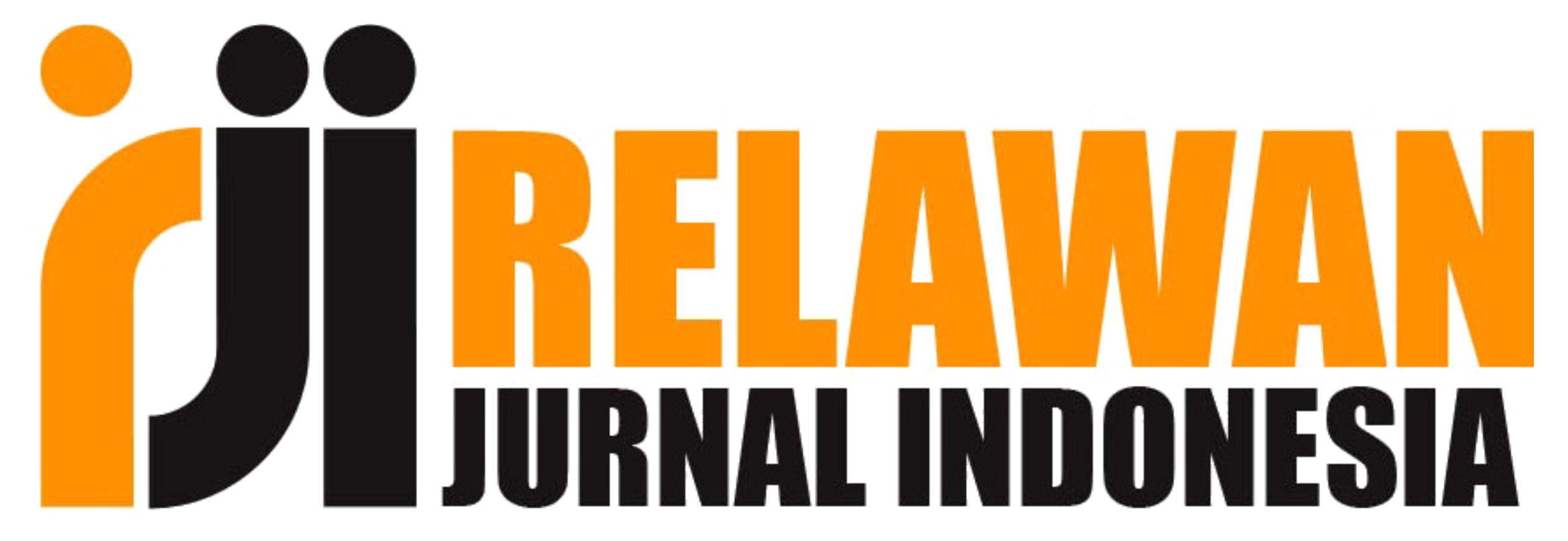The Effect of Gender and the Internet on the Level of Corruption in ASEAN 5 (1997-2019)
Abstract
Keywords
Full Text:
PDFReferences
Alatas, V., Cameron, L., Chaudhuri, A., Erkal, N., & Gangadharan, L. (2009). Gender, culture, and corruption: Insights from an experimental analysis. Southern Economic Jour¬nal, 663-680.
Alhassan-Alolo, N. (2007). Gender and corruption: Testing the new consensus. Public Administration and Development: The International Journal of Management Research and Practice, 27(3), 227-237.
Andersen, T., Bentzen, J., Dalgaard, C., & Selaya, P. (2010). Does the Internet Reduce Corruption. Evidence from US States and Across Countries, 1-34.
Bowman, D. M., & Gilligan, G. (2008). Australian women and corruption: The gender dimension in perceptions of corruption. JOAAG, 3(1), 1-9.
Cheung, A, R & Fernandez, J. (2001). Are Women Really the Fairer Sex? Corruption and Women in Government. Journal of Economic Behavior & Organization 46(4):423-429
Debski, J., Jetter, M., Mösle, S., & Stadelmann, D. (2018). Gender and corruption: The neglected role of culture. European Journal of Political Economy, 55, 526-537.
Frank, B., Lambsdorff, J. G., & Boehm, F. (2011). Gender and corruption: Lessons from laboratory corruption experiments. The European Journal of Development Research, 23(1), 59-71.
Gangadharan, L., Jain, T., Maitra, P., & Vecci, J. (2016). The fairer sex? Affirmative action, women leaders, and strategic deception.
Greene, W. H. (2003). Econometric analysis. Pearson Education India.
Gujarati, D. N. (2006). Dasar-dasar Ekonometrika (Ketiga). Erlangga.
Hausman, J. A. (1978). Specification tests in econometrics. Econometrica: Journal of the econometric society, 1251-1271.
Hunady, J. (2019). The effect of the Internet on corruption awareness and corruption incidence in the EU. Information Polity, 24(1), 75-89.
Klitgaard, R. (1991). Controlling corruption. Univ of California Press.
Kuncoro, A. (2004). Bribery in Indonesia: some evidence from micro-level data. Bulletin of Indonesian Econo-mic Studies, 40(3), 329-354.
Lio, M. C., Liu, M. C., & Ou, Y. P. (2011). Can the internet reduce corruption? A cross-country study based on dynamic panel data models. Government Information Quarterly, 28(1), 47-53.
Merhi, M. I., & Ahluwalia, P. (2018). Digital Economy and Corruption Perceptions: A Cross-Country Ana-lysis. International Journal of Digital Accounting Research, 18, 29-47.
SBM, N. (2012). Determinan Penyuapan Pada Industri Menengah dan Besar di Jawa. Disertasi Doktor (tidak diterbitkan) pada Program Doktor Ilmu Ekonomi Fakultas Ekonomika dan Bisnis Undip Semarang.
SBM, N. (2012). Korupsi dan Faktor-Faktor yang Mempengaruhi¬nya di Indonesia. Media Ekonomi dan Manajemen, 26(2), 19-33.
Swamy, A., Knack, S., Lee, Y., & Azfar, O. (2001). Gender and corruption. Journal of development economics, 64(1), 25-55.
DOI: http://dx.doi.org/10.24856/mem.v36i1.1811
Article Metrics
Abstract view : 724 timesPDF - 0 times
Refbacks
- There are currently no refbacks.
Copyright (c) 2021 Media Ekonomi dan Manajemen

This work is licensed under a Creative Commons Attribution 4.0 International License.

This work is licensed under a Creative Commons Attribution 4.0 International License.







